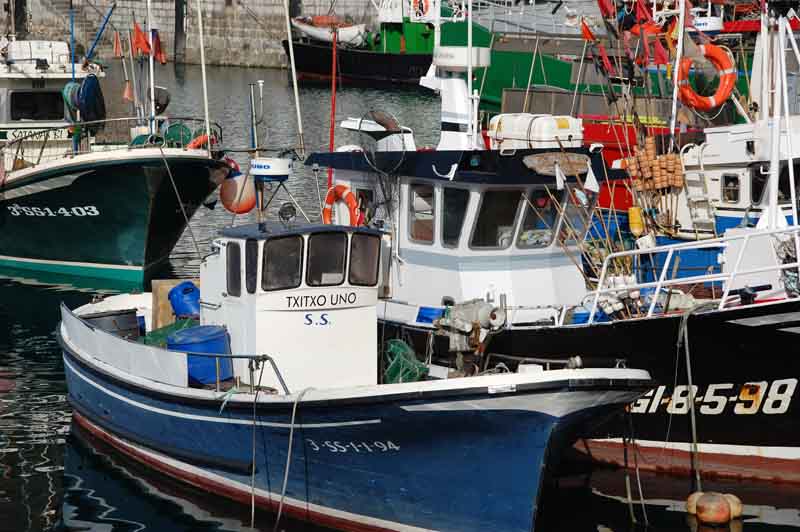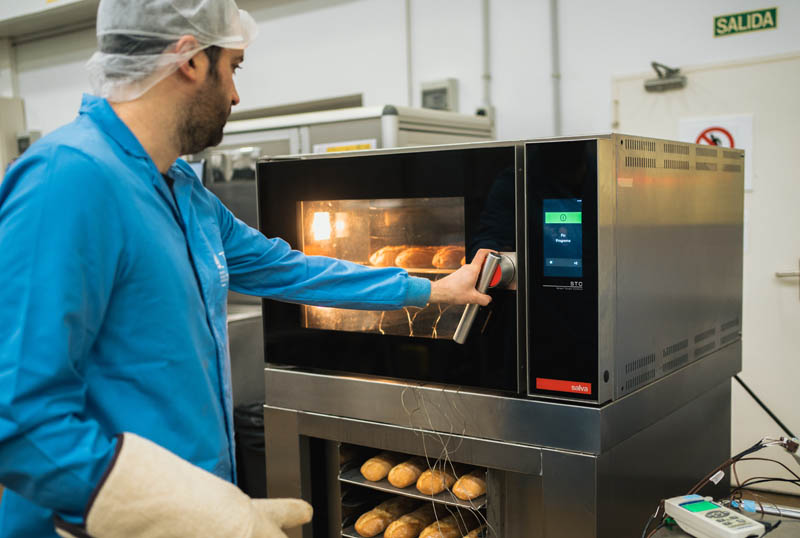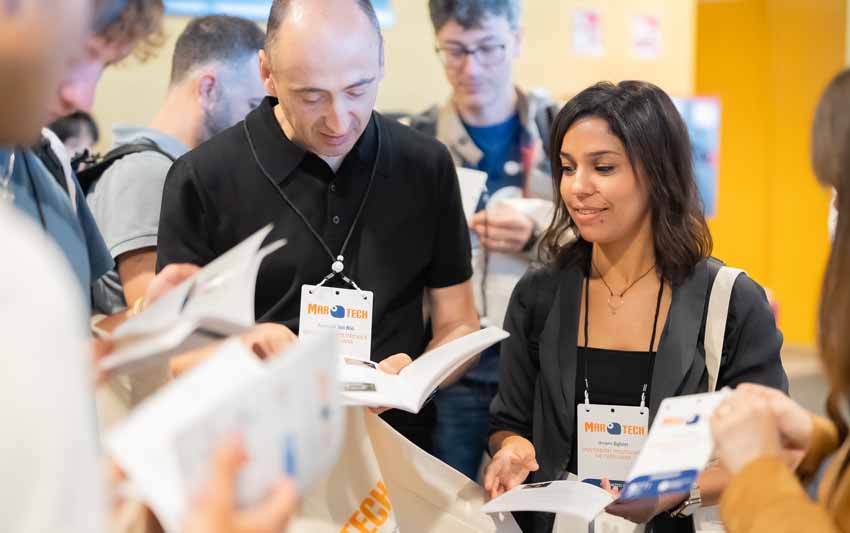Tools for ecosystem-based management of small-scale fisheries
Últimas noticias
AZTI Researcher Ángel Borja Receives Prestigious Odum Award for International Scientific Career
Una mirada LGTBIQ+ al reino animal
Circular Economy in Action: Valorisation of By-products through Projects like PRIMA NEWFEED
- AZTI technology centre has developed a set of tools that provide small-scale fishermen with critical information on their activity and on the state of marine species.
- The tools allow fishing fleets to operate taking into account the characterisation of the fishing grounds in which they operate according to the fishing gear used, the fishing effort, the profitability of these fishing grounds, or even the environmental impact produced by these fleets
- They are based on the information obtained in the research carried out within the framework of the EBArtesa project, including collaborations with the Cabfishman and Moses projects, initiatives in which AZTI has participated.
- Functions of these tools have been summarised in a didactic guide that can be downloaded here: https://www.azti.es/en/productos/artisanal-fisheries-toolbox/
Sukarrieta, 15 March 2022 – AZTI technology centre, specialised in the sustainability of the marine and food value chain, has developed a set of tools aimed at digitalisation of fishing data, for measuring impacts and drawing up maps of the potential distribution of fishing biomass, as well as for the management of the activity. These tools make it possible to obtain necessary information to implement the adoption of ecosystem-based management of small-scale fleets, thus contributing to improving both their management and their sustainability.
These tools’ functionalities have been summarised by the BRTA alliance in a didactic guide published this year 2022.
Artisanal fishing, also known as small-scale fishing, involves the majority of the European fleet in terms of number of vessels (75% of active vessels) and is a socio-economic and cultural activity that is fundamental to the coastal communities of the European Union.
Under the slogan “Small Scale, Big Value”, the UN declared 2022 as the International Year of Small-scale Fisheries and Aquaculture, a fact that will help focus attention on small-scale fishers, who account for 90 percent of the world’s fishing workforce.
“We have improved a device to be carried – on a voluntary basis – on board vessels linked to the vessel’s GPS, which allows the position of the vessel to be recorded in real time. This device houses software with which fishermen can enter activity data such as their catches, discards, bycatches, as well as numerous economic information”, explains Arantza Murillas, AZTI’s expert in maritime economics.
The device allows, on the one hand, to automate and digitalise the information on the activity of the fleet and, on the other hand, to improve the geographical resolution of the information provided by the skippers of the vessels themselves. It is a “bottom-up” system, from the skippers to the researchers and the administration.
“EBArtesa has also moved towards the automation of data collected from different information sources. On the one hand, catch and landings data from logbooks or sales notes, and on the other hand, high-resolution geospatial data from AIS B devices, which some skippers have installed voluntarily. It also integrates the geospatial information collected from the devices voluntarily installed in the artisanal fleet”, adds the AZTI researcher.
This cross-referencing of data allows the spatial distribution of catches made by fishing vessels and the identification of the main fishing grounds for each fleet, and their economic value. This information is essential if progress is to be made towards spatial management of small-scale fisheries.

Global and local impacts on the marine environment
EBArtesa developed a set of tools for measuring global and local impacts. Obtaining the fuel consumption patterns of vessels and consequently their carbon footprint is essential. Energy sustainability is a key factor, as is becoming more evident than ever these days.
Furthermore, and thanks to the cooperation with the CABFishMAN project, in which AZTI collaborates with other European partners, progress has been made in the design of a matrix of impacts by fishing gear that includes physical and chemical impacts (seabed degradation, nutrient and turbidity contribution, waste, noise generated during fishing), biological and ecological impacts (damage to protected and/or specially protected areas, incidental capture of protected species) and impacts on fisheries (discards of target species, conflicts and interaction with other fishing activities, ghost fishing).
Moreover, in cooperation with the MOSES project, AZTI has designed an index that quantifies the use of the sea based on the economic and social value generated, weighted by the use of ecosystem services (provision, regulation and cultural).
Predictive mapping models for biomass distribution
Based on the information provided by the tools described above, EBArtesa has made progress in the application of models for generating predictive maps of the distribution of commercial species biomass. A total of 22 models have been created, one for each species with more than 1,000 kg of catches in 2017.
Finally, EBArtesa has made progress in the characterisation of a FLBEIA model (Bio-Economic Impact Assessment using FLR), a software for the bio-economic evaluation of a wide range of fisheries management strategies through simulation.
Some of these tools have been developed by AZTI in collaboration with the artisanal fishing sector itself and the Basque administration within the framework of the EBArtesa project (financed by the Basque Government’s Department of Economic Development, Sustainability and Environment, through the European Maritime and Fisheries Fund). Specifically, the Cabfishman and Moses projects (both financed by the European Union through the Interreg Atlantic Area programme) provide some of the tools for measuring local impacts on the marine environment.







